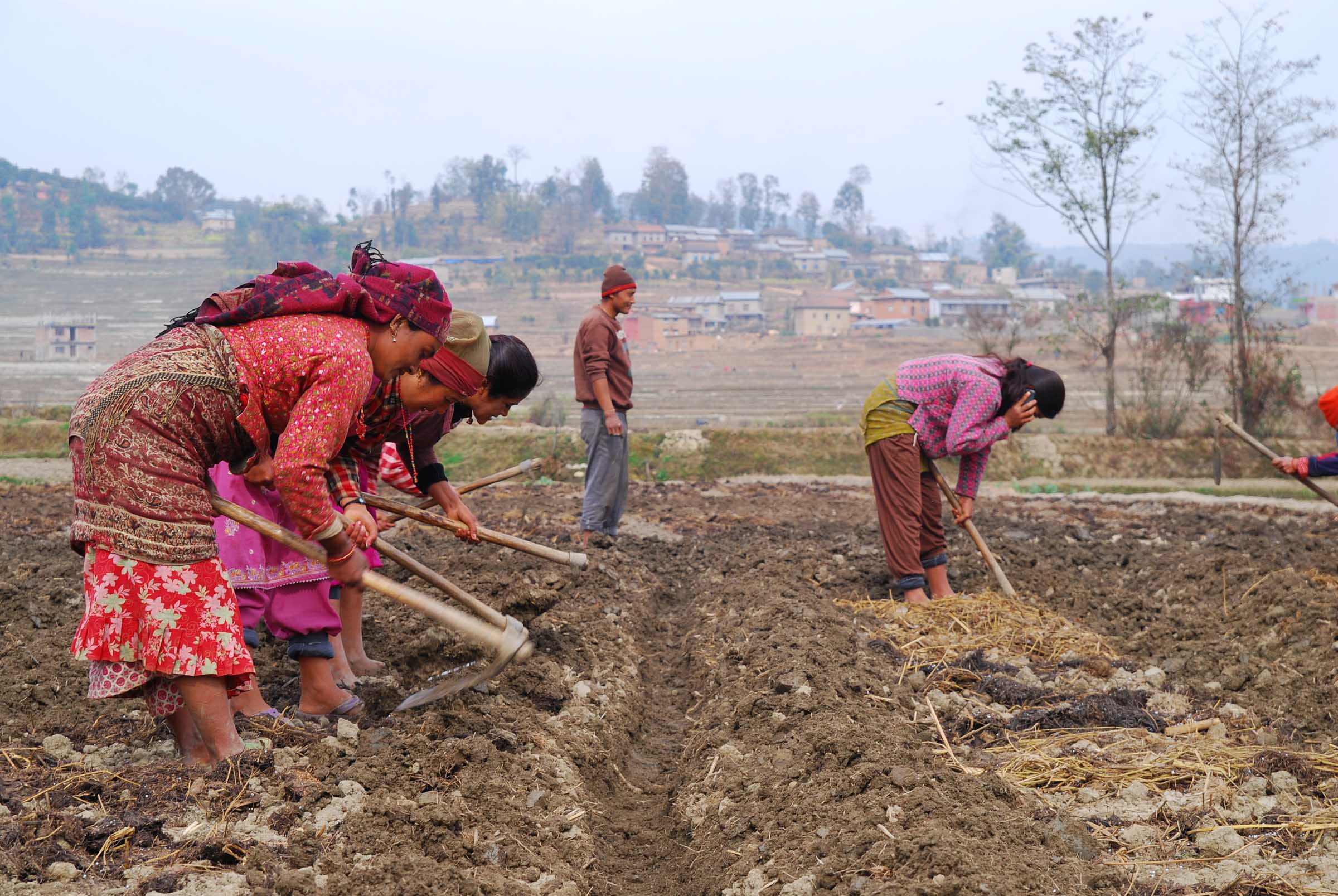You are here
Shared Learning Can Align NDCs, NAPs, and SDGs to Expand Climate Resiliency

By Robert Bradley. Director of Knowledge and Research, NDC Partnership; and Anne Hammill. Director, NAP Global Network (NAP-GN)
The past two years have seen a cavalcade of targets and plans aimed at putting human development on a more sustainable footing, but meeting human aspirations will mean conquering environmental challenges, above all climate change.
The Millennium Development Goals, which ended in 2015, were replaced by Sustainable Development Goals (SDGs). This was partly a recognition that while progress had been made on reducing absolute poverty, many natural systems are under rapidly growing strain. Water availability, agriculture, fisheries and many natural systems are reaching critical limits at a time when more people than ever need economic opportunities, education, health care and more equitable social systems.
This is the challenge that faces countries as they work out how to meet the goals established under their Nationally Determined Contributions (NDC) to the Paris Climate Agreement. In addition to presenting their plans to reduce emissions, many countries have used their NDCs to describe their priorities and commitments to deal with the impacts of climate change. Meanwhile, many developing countries have already advanced or are initiating National Adaptation Plan (NAP) processes, which provide a national-level framework for implementing these commitments and identifying future priorities to reduce their vulnerability. This complex set of overlapping processes is an opportunity to make adaptation and development support each other, but it also demands more comprehensive planning approaches for governments.
The NDC Partnership has partnered with experts from the National Adaptation Plan Global Network (NAP-GN) to meet this demand for comprehensive planning and help define the relationship between SDGs, NDCs and NAPs – while looking at early country efforts to develop a joined-up approach to meeting the goals identified under each. The results of this partnership are outlined in a new study, which finds that the task is indeed daunting, but that several countries are starting to find ways of making these goals work together.
In Uganda, for example, integrating climate adaptation into broader catchment planning is a part of the country’s evolving NAP process; it is also listed as a priority under its NDC and identified as part of its efforts to meeting SDG 6, which is about ensuring “availability and sustainable management of water and sanitation for all.” Countries such as Sri Lanka, Botswana and Peru used their NAPs process to inform adaptation components of their NDCs. Each of these examples hold lessons for countries wrestling with multiple goals.
However, this is just the start of making these disparate processes more integrated. Many of the SDGs will impact and be impacted by climate change. The experience that some countries are producing in taking an integrated approach needs to be both expanded and widely shared.
This kind of shared learning lies at the heart of both the NDC Partnership and the NAP-GN, and is why this paper is the first to be published in NDC Partnership’s new Expert Perspectives series. We have a long road ahead of us, but through collaboration, research and creative leadership we believe that we can drive development while also creating a safer world.
